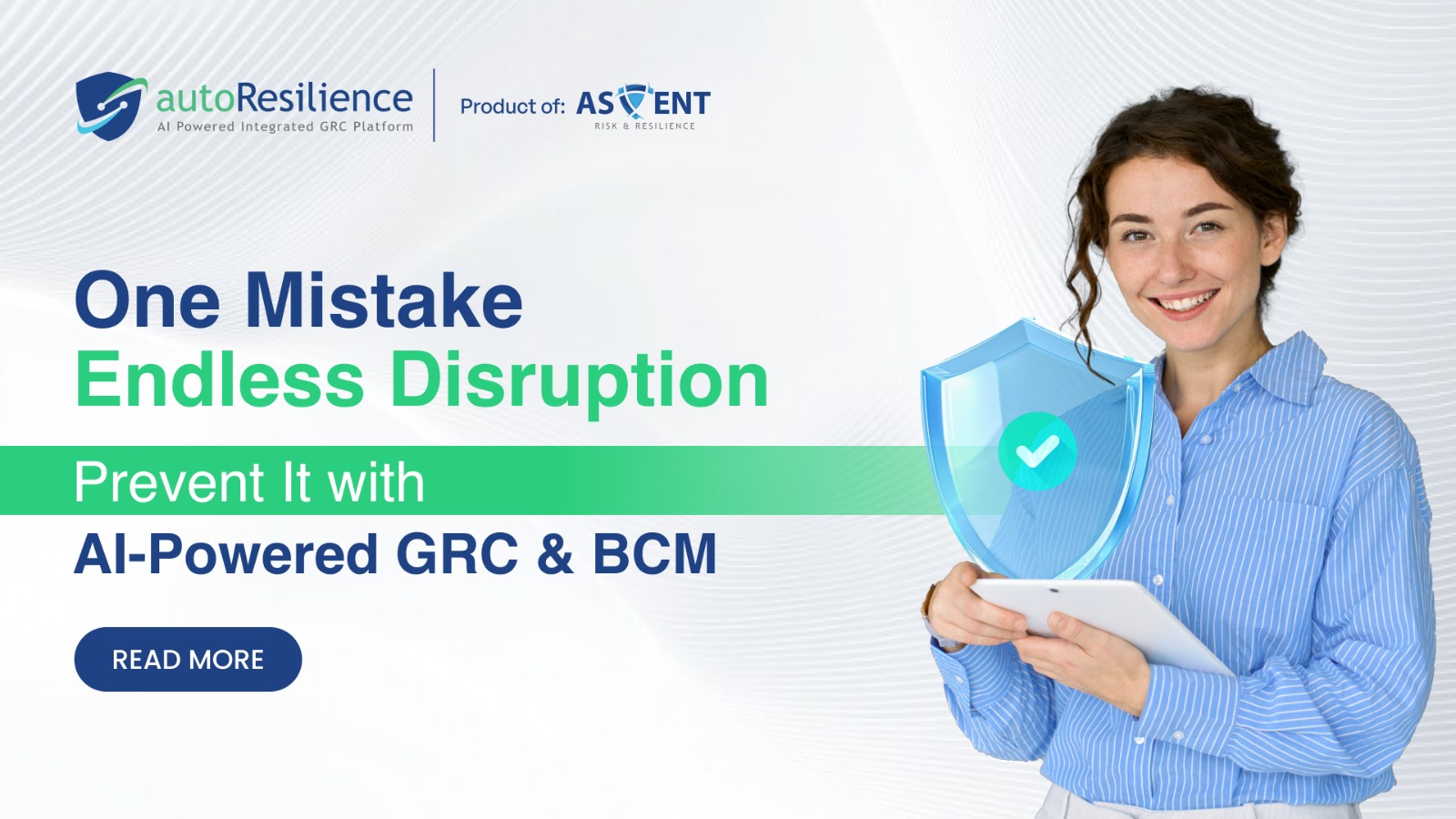
Non-Compliant Maintenance: Can GRC Platforms Block It?
For today’s C-level leaders, the assembly line is more than a production system — it’s a reflection of governance, compliance, and resilience. Non-compliant maintenance on the shop fl...

For today’s C-level leaders, the assembly line is more than a production system — it’s a reflection of governance, compliance, and resilience. Non-compliant maintenance on the shop fl...
For today’s C-level leaders, the assembly line is more than a production system — it’s a reflection of governance, compliance, and resilience. Non-compliant maintenance on the shop floor is not just an operational error; it’s a risk event that can disrupt continuity, attract regulatory penalties, and damage brand reputation.
Yet many Governance, Risk, and Compliance (GRC) platforms still act as passive record-keepers, flagging issues only after they occur. This raises a critical leadership question:
Can your GRC platform block non-compliant maintenance before it happens?
From a leadership lens, a seemingly minor maintenance error can escalate into enterprise-level consequences:
For executives accountable to boards, regulators, and markets, these risks demand prevention, not just detection.
Modern GRC platforms, when integrated with Business Continuity Management (BCM) and manufacturing systems, can act as active safeguards rather than passive monitors.
Here’s how:
For the C-suite, “blocking” is not about slowing operations — it’s about protecting enterprise value.
According to the Business Continuity Institute (BCI), organizations that embed proactive continuity measures are significantly better at minimizing downtime and maintaining profitability after disruptions.
When reviewing your GRC strategy, ask:
If the answer is no, your organization may be relying on outdated systems that only tell you about risks after the damage is done.
At Ascent Business Technology, we believe that resilience begins with prevention. A modern GRC platform should not only document compliance but actively enforce it, blocking non-compliant maintenance tasks before they compromise safety, quality, or revenue.
Best practices in resilience and compliance are often aligned with global standards such as ISO 22301: Business Continuity Management Systems and COSO’s Enterprise Risk Management Framework. These frameworks emphasize proactive governance, assurance, and the ability to respond with agility when disruptions occur.
For executives, this is more than a technology question — it is a leadership imperative. The organizations that integrate GRC and BCM into proactive, real-time controls will be the ones that achieve resilient operations, regulatory confidence, and long-term growth.
So, ask yourself:
Is your GRC platform just reporting compliance — or is it protecting your assembly line in real time?